If your primary concern is forcing monochromatic display so the emoji don't stand out from the text too much, CSS filters, either alone or in combination with the Unicode variation selector, may be something you want.
p.gscale {
-webkit-filter: grayscale(100%);
filter: grayscale(100%);
}
a {
color: #999;
-webkit-filter: grayscale(100%) sepia(100%) saturate(400%) hue-rotate(170deg);
filter: grayscale(100%) sepia(100%) saturate(400%) hue-rotate(170deg);
}
<p class="gscale">You've now got emoji display on lockdown.</p>
<p>External Link: <a href="https://knowyourmeme.com/memes/party-hard">celebrate </a></p>
Unlike the variation selector, it shouldn't matter how the emoji are rendered, because CSS filters apply to everything. (I use them to grayscale PNG-format "link type" icons on hyperlinks that have been modified to point to the Wayback Machine.)
Just mind the caveat. You can't override a parent element's filter in a child, so this technique can't be used to grayscale a paragraph, then re-colorize the links within it.
...still, it's useful for situations where you're either going to be making the whole thing a hyperlink or disallowing rich markup within it. (eg. titles and descriptions)
However, this won't work unless CSS actually gets applied, so I'll give a second option which is more reliable in <title> elements than the Unicode variation selector (I'm looking at you GitHub. I don't like fake icons in my browser tabs):
If you're putting a user-provided string into a <title> element, filter out the emoji along with any bold/italic/underline/etc. markup. (Yes, for those who missed it, the standard does call for the contents of <title> to be plain text aside from the ampersand escapes and the browsers I tested all interpret tags within as literal text.)
The two ways I can think of are:
- Directly use a manually-maintained regex which matches the blocks where the newest version of Unicode puts its emoji and their modifiers.
- Iterate through the grapheme clusters and discard any which contain recognized emoji codepoints. (A grapheme cluster is a base glyph plus all the diacritics and other modifiers which make up the visible character. The example I link to uses Python's regex engine to tokenize and then the
emoji package for the database, but Rust is a good example of a language where iterating grapheme clusters is quick and easy via a crate like unicode-segmentation.)


